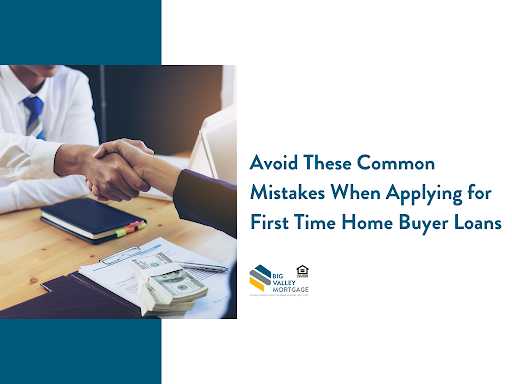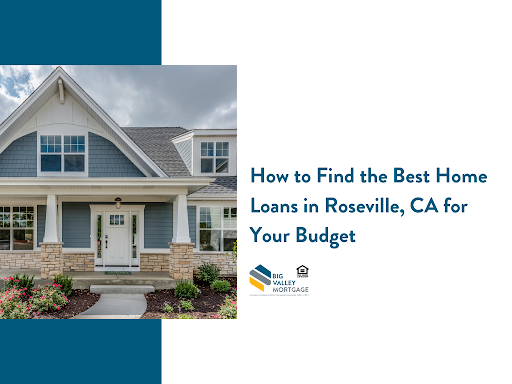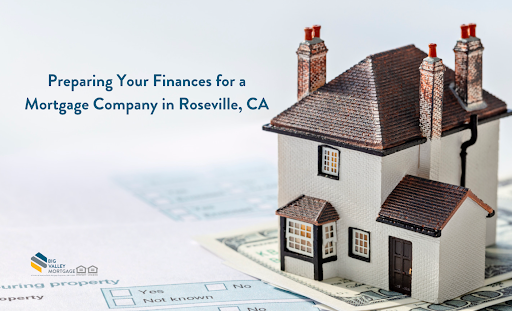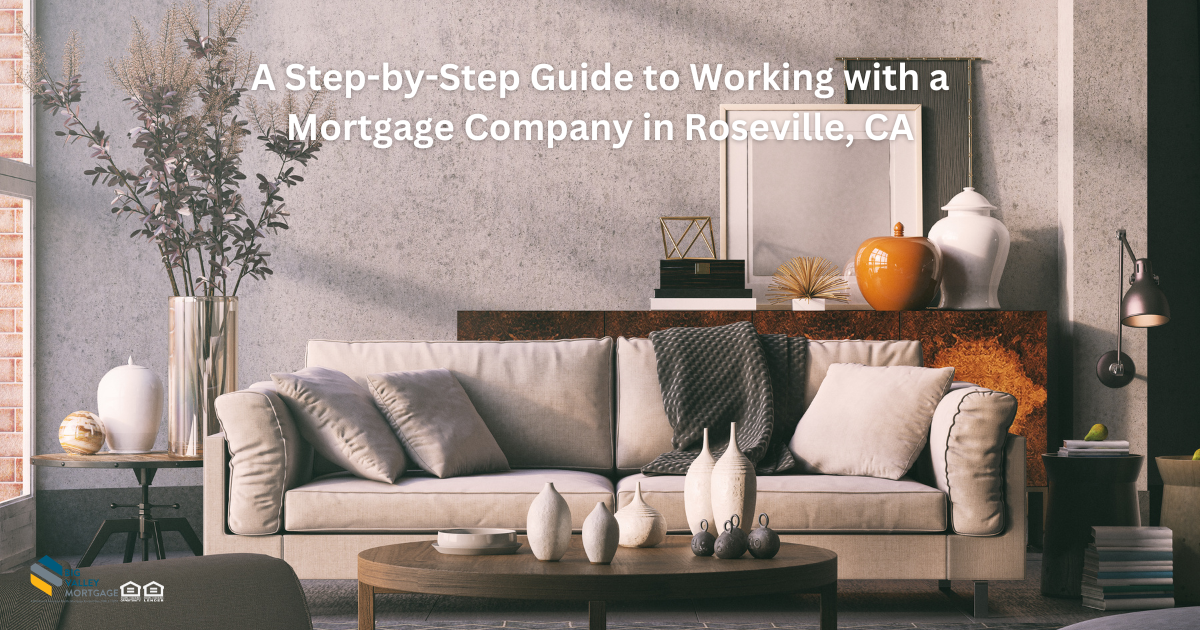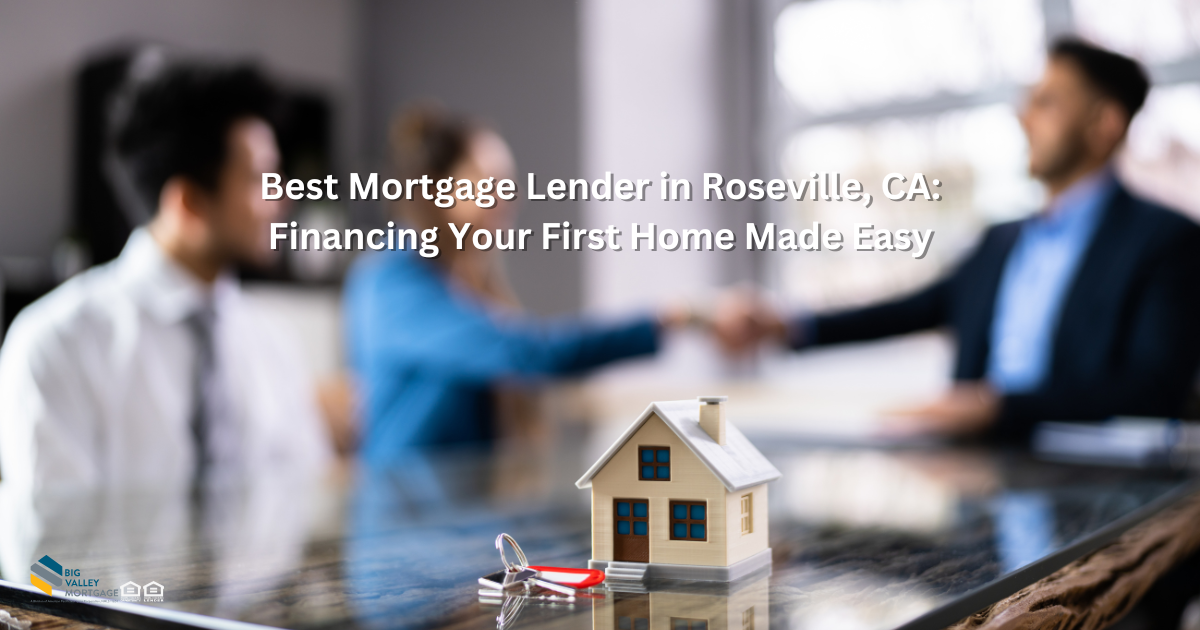
It’s a big roadblock on the path to homeownership: the down payment. FHA loans offer low down payments and accounted for about 13% of all home loans in 2016, according to government data.
That may not seem like a huge percentage, but about 80% of FHA loans are made to first-time home buyers. That meant 730,000 new homeowners last year, according to an analysis by Genworth, a mortgage insurance provider.
Here’s how much an FHA down payment will cost you — and how you can get an FHA-backed low-down-payment mortgage.

How much is an FHA loan down payment?
An FHA loan can mean a down payment as low as 3.5%. On a $300,000 home, that would be $10,500. Compare that with the traditional 20% down payment that most lenders prefer, which would come out to $60,000. Big difference. And that’s before closing costs and other buying-a-home expenses.
The FHA guidelines outline the Down Payment calculations based upon the borrower’s credit scores. To get the minimum FHA down payment deal, you’ll need a credit score of 580 or better. If you fall into the FICO range of 500 to 579, you will be required to put 10% down. Each Lender and their investors, however, set their own credit score minimums for approval. Based upon the current market, Big Valley Mortgage has set our minimum FICO credit score to qualify as 600.
But FHA loans come with a price tag: mortgage insurance premiums. You’ll pay an upfront fee and ongoing monthly premiums.
Looking to buy a home?
Beyond FHA: Low-down-payment alternatives
Many banks, credit unions, and online mortgage lenders offer FHA loans. But for borrowers with higher credit scores, FHA loans aren’t the only low-down-payment mortgages around. Fannie Mae- and Freddie Mac-backed mortgages — which are considered “conforming” loans — are popular with lenders because they don’t carry the regulations and restrictions of FHA-backed mortgages.
“While FHA loans still serve their purpose for some buyers, folks with [credit] scores above 720 usually find conforming loans a better option, especially now, since they can put as little as 3% to 5% down,” Ted Rood, a senior loan officer in St. Louis with 15 years of experience, tells NerdWallet.
You will also pay for mortgage insurance on this conforming-loan — also called conventional mortgage — programs that let you borrow up to 97% of the home’s value, he says. But with a Fannie- or Freddie-backed loan, you may be able to cancel it after you reach 20% equity in your home. By contrast, FHA mortgage insurance is most often charged for the life of the loan.
FHA loans are still the most sought-out option for first-time homebuyers, particularly for buyers with credit that is less than perfect. But if you have good credit, Fannie- and Freddie-backed loans open up new possibilities for qualified borrowers who just can’t quite get over that 20% down hurdle.
*The views, articles, postings, and information listed at this website are personal and do not necessarily represent the opinion or the position of Big Valley Mortgage.*

